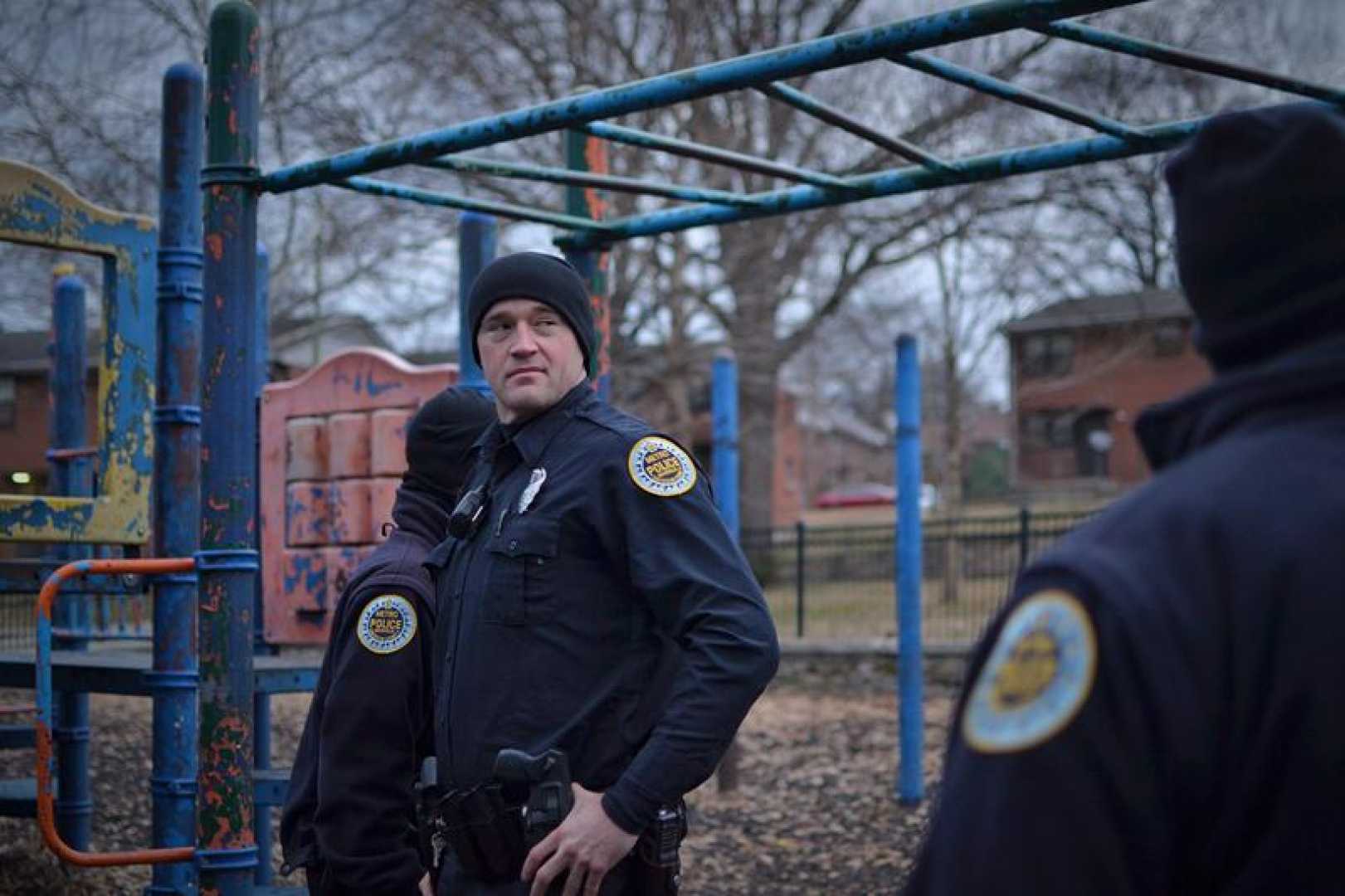News
Nashville Police Launch New Shift to Boost Visibility, Cut Response Times

NASHVILLE, Tenn. — The Metro Nashville Police Department (MNPD) announced Friday the launch of a new overlapping work shift aimed at increasing police visibility and reducing response times for non-emergency calls. The initiative, dubbed the “D-shift,” will begin Saturday, Feb. 1, and will operate daily from noon to 10:30 p.m.
The D-shift will consist of 41 officers, including five sergeants and one lieutenant, who will provide additional resources to precincts with high call volumes. “D-shift officers will have the flexibility to support any of our eight precincts across the county, particularly those with a higher volume of pending calls,” said MNPD Chief John Drake in a press release.
Metro Councilmember Joy Styles, who represents District 32, expressed enthusiasm for the new shift, particularly its focus on the southeast area of Nashville, including Antioch. “I’m so excited about it because it is going to be focused in the southeast,” Styles said. “When someone has broken into your car, you want to know that someone is going to respond in less than five or six hours.”
Last year, MNPD received more than 13,000 urgent calls requiring immediate officer response, with an average response time of 90 minutes. So far this year, the average response time for urgent calls has improved to 55 minutes. However, Styles noted that call queues often exceed 30, even during shift changes.
In addition to addressing high call volumes, D-shift officers will assist in securing large crime scenes, responding to protests, and supporting other precision policing efforts. “There will be more police cars out here, more officers talking to one another,” Styles added. “If you want to come and commit a crime, there are going to be more officers around.”
The D-shift will operate with a minimum staffing of 18 officers plus supervisors, accounting for regular days off, vacations, sick leave, and training. The initiative marks a significant step in MNPD’s efforts to improve public safety and community trust.












